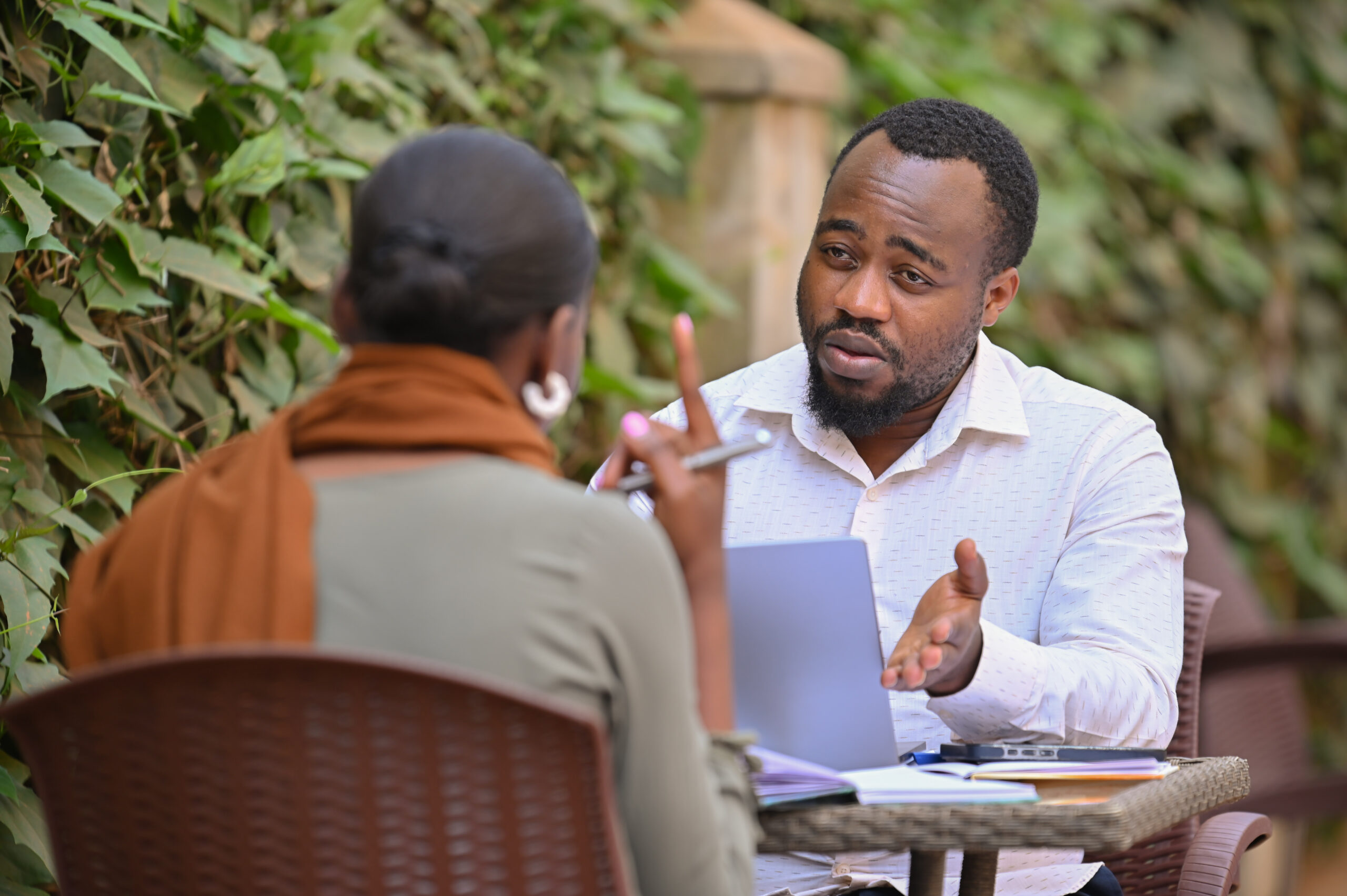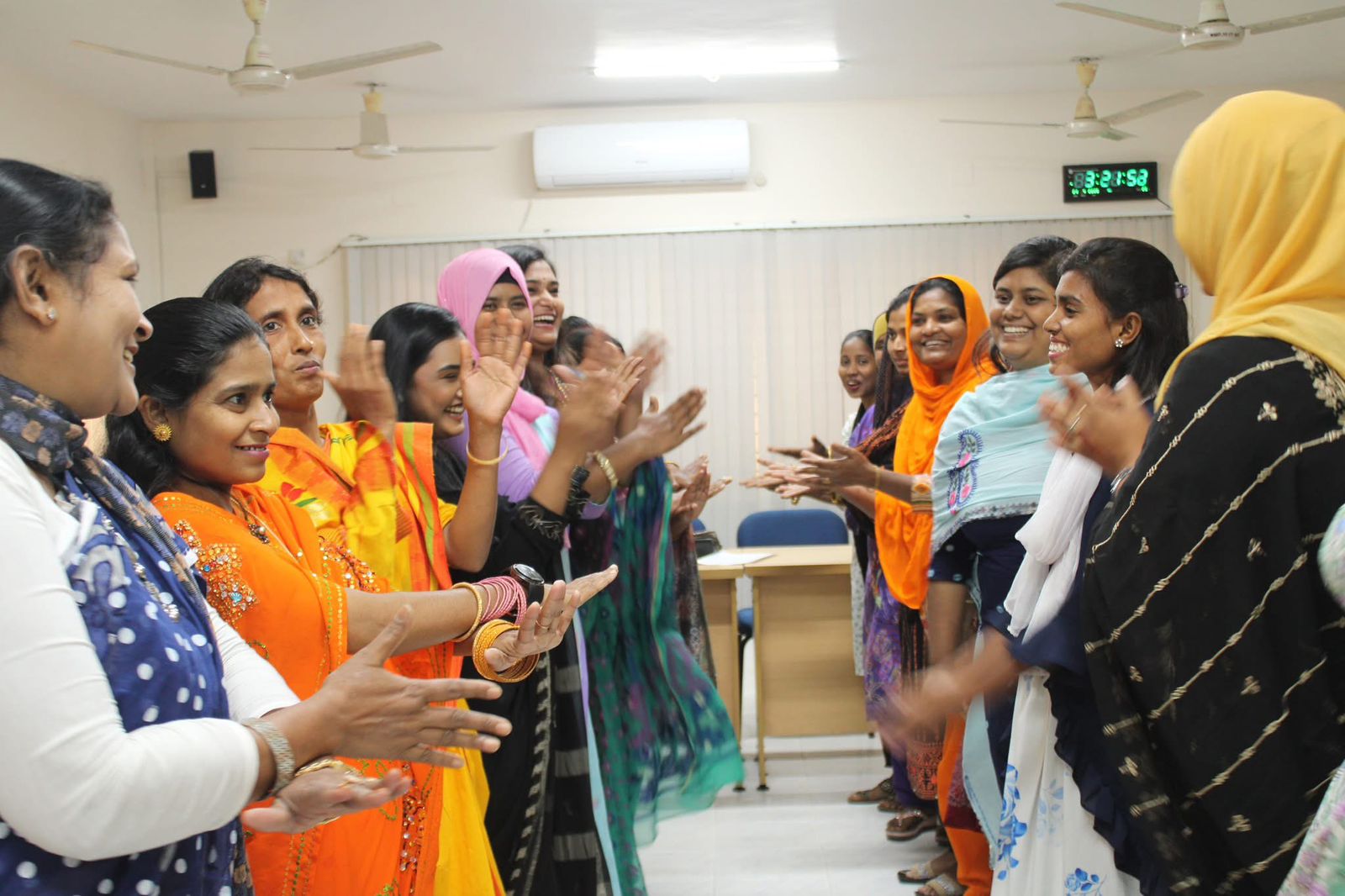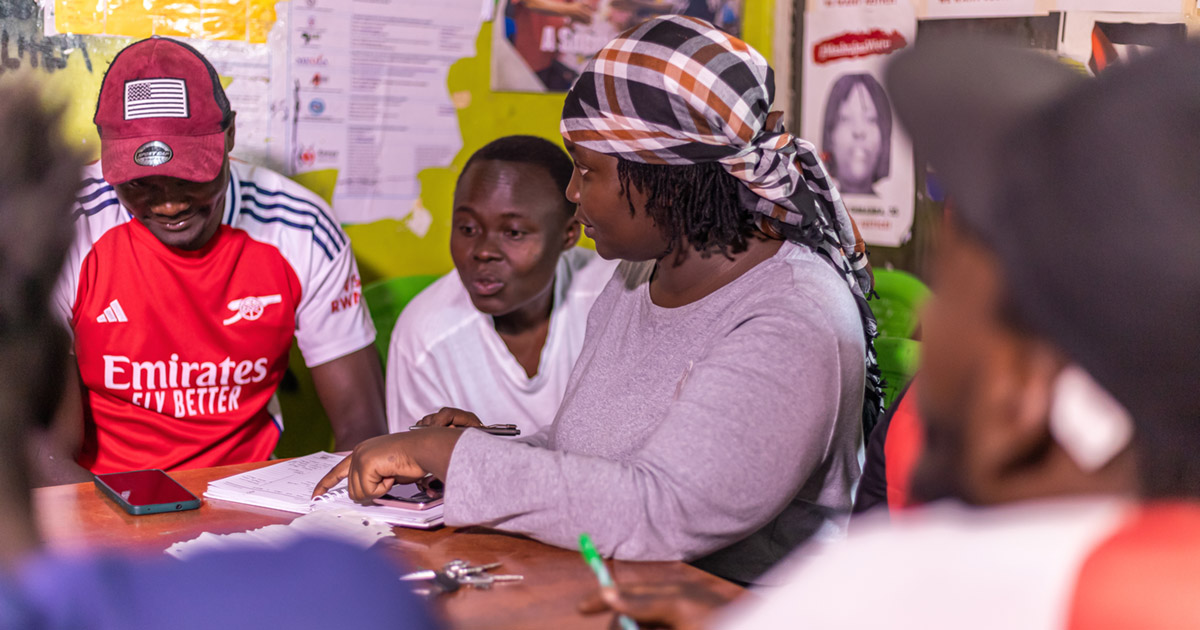Can a Zoom call help build power for justice?
At first, I wasn’t convinced. When we set out to co-create a learning agenda on Building Power for Justice through virtual dialogues, I doubted that pixels and patchy Wi-Fi could hold the weight of such an ambitious goal. How do you foster real solidarity across time zones and borders? Could the fire of grassroots activism really translate into breakout rooms?
What I learned surprised me: virtual spaces don’t mute our humanity—they can magnify it.
More Than Boxes on a Screen
Fifteen grantee partners from Latin America, Asia, and East and West Africa came together—lawyers, organizers, and community advocates, each deeply rooted in the belief that the law belongs to the people. We began with a grounding question: What does “power” mean to you in your fight for justice?
The responses came quickly—not in formal language or preplanned talking points, but with clarity and conviction:
— “Power is watching a trans woman in El Salvador finally hold an ID that reflects her name.”
— “Power is tribal communities in India reclaiming their sacred lands from mining giants.”
— “Power is admitting we’re exhausted—and showing up anyway.”
Suddenly, the screen felt less like a barrier and more like a shared space where lived experience took center stage. Each voice was a thread; together, they wove something bigger than any one of us.
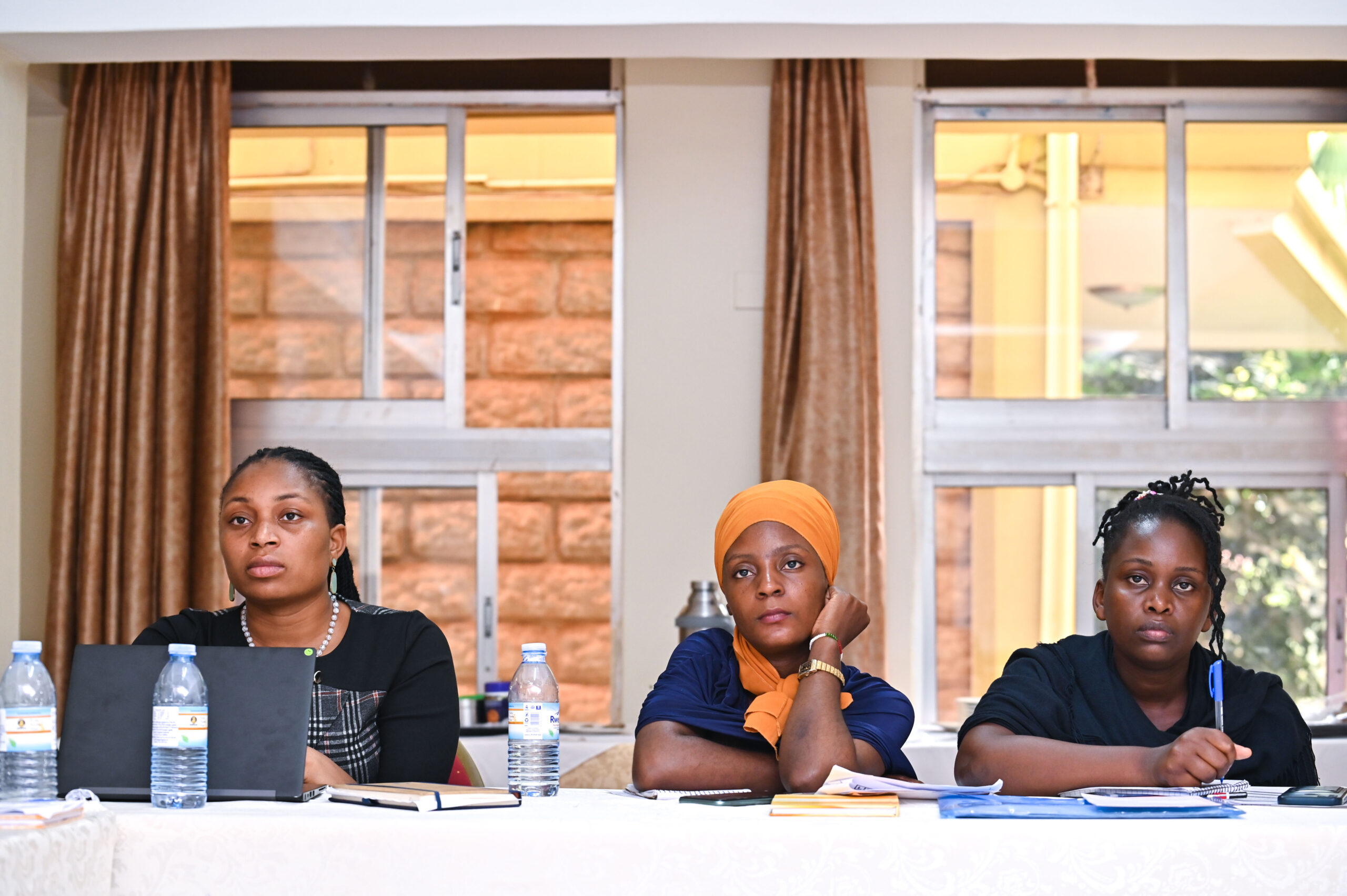
When Strategy Meets Reality
The LEF learning agenda focused on two core questions:
- How are justice institutions becoming more accessible to communities?
- How are communities building power—and what makes that difficult or possible?
In breakout rooms, grantee partners shared concrete strategies. One grantee partner from COMCAVIS Trans in El Salvador reflected on their legal battle for the Gender Identity Law—a hard-won Supreme Court victory built on years of organizing and litigation. A grantee partner from Samata in India spoke about the 1997 court ruling that secured land rights for tribal communities, and the work it still takes to ensure that decision is honored.
Despite the differences in context, the tools were often the same: legal education, grassroots organizing, strategic litigation, and persistent documentation. These were not abstract tactics. They were hard-earned, people-driven efforts to claim space within systems that often excluded them.
At the same time, the obstacles were familiar: weak legal institutions, bureaucratic delays, corruption, and, in many places, outright violence. As one participant said, “Sometimes it feels like we’re building a house in a hurricane.”
Power Lives in Collective Action
This wasn’t just a workshop. It was a space to witness and to be witnessed.
When grantee partners described what an “accessible justice institution” looked like, they spoke not of ideals but of real needs:
— “A place where a single mother isn’t bankrupted by legal fees.”
— “A system that hears the whispers of the marginalized as clearly as the shouts of the powerful.”
When they spoke of building power, it wasn’t about theories. It was about a young person in Uganda guiding his community through the process of drafting land rights petitions. Or a mother in Ecuador using legal tools to trace the disappearance of a relative. These are not isolated wins. They are reminders that power is not handed down—it’s cultivated, story by story, relationship by relationship.
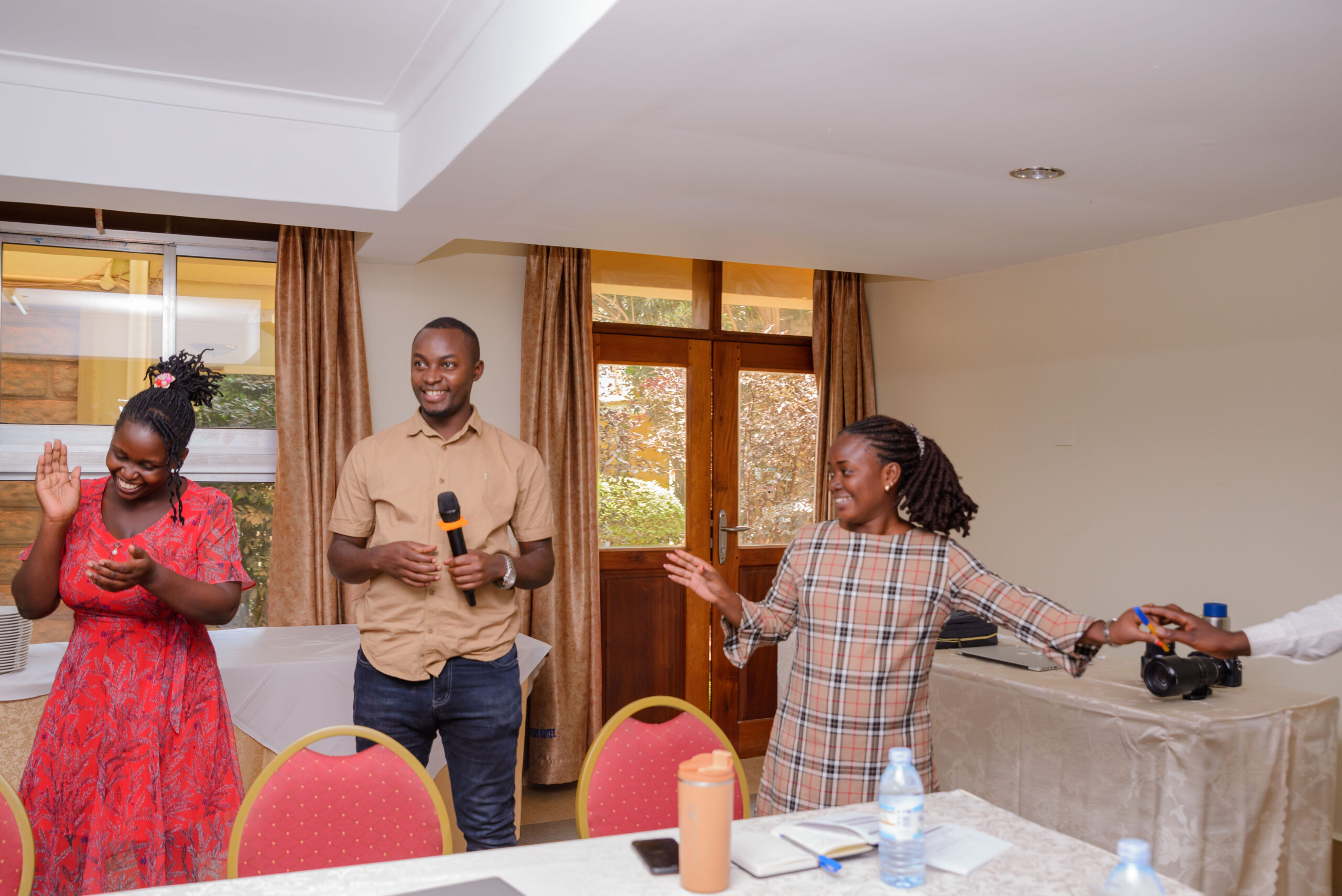
The Ongoing Question
Can a Zoom call spark a movement?
Maybe not on its own. But by the final sessions, something had shifted. Grantee partners were eager to learn from one another across borders. They committed to sharing tools, insights, and strategies. They saw connections in struggles that once felt far apart.
One moment stands out: a grantee partner from Guatemala describing how their community transformed a courthouse into a space for public dialogue and mural-making. As they spoke, others leaned in—not just listening but seeing parts of their own work reflected in this vision.
This wasn’t just a virtual meeting. It was a signal fire.
A Living Process
Legal empowerment is often described as a method. But after listening to these grantee partners, I’ve come to see it as something more dynamic—more human.
It’s a trans woman receiving documentation that reflects her identity.
It’s a community defending their land, despite decades of erasure.
It’s a mother accessing justice she once thought was unreachable.
If even a virtual space can bring these truths together—across language, across continents—it reminds us of what’s possible when we commit to building, not just talking.
Bridges don’t need to be grand to hold weight. They just need people willing to meet each other halfway through.
